Across the Road in 2015
/I thought I did a post like this for 2014, but I didn't. You have to go back to this post to see what it was like Across the Road in 2013. My plan is to make a photo record of the changes that I see from standing at our mailbox. To do that correctly I'd need to do it on the same day each week (or month), with the same camera, using the same lens, and at the same time of day. FAIL. Here is what I have (and it's probably more interesting this way).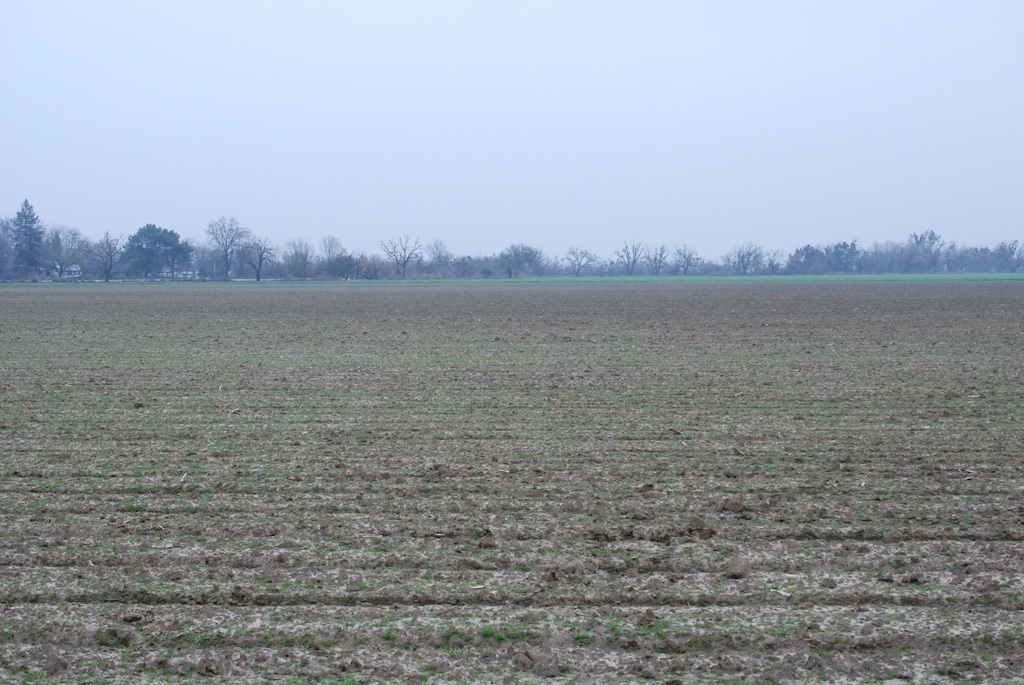 January 22, 2015.
January 22, 2015. 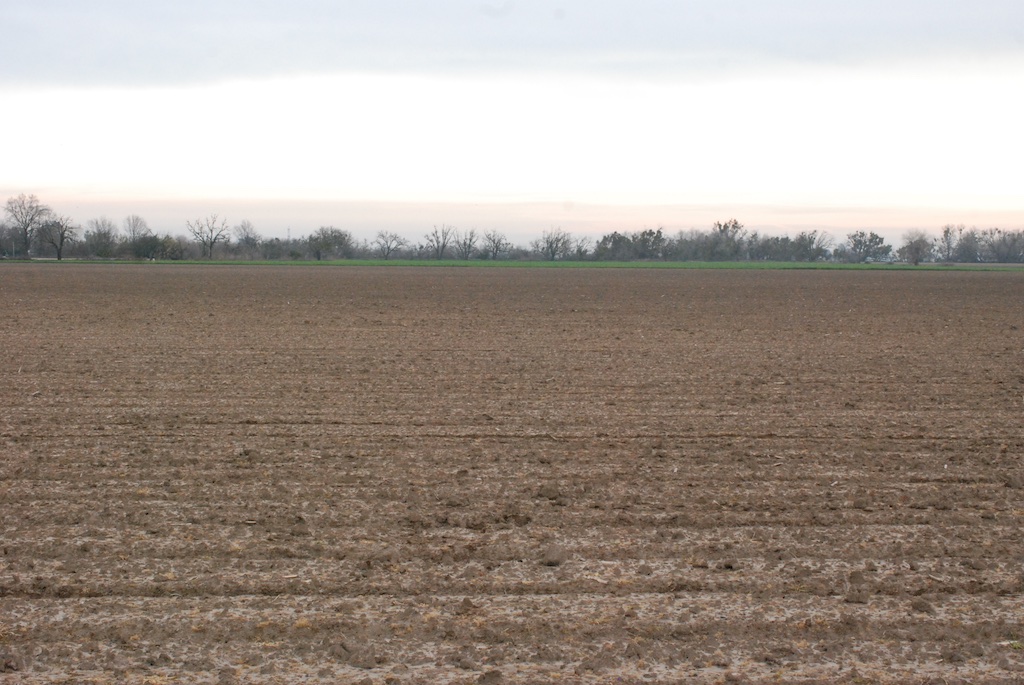 February 5.
February 5.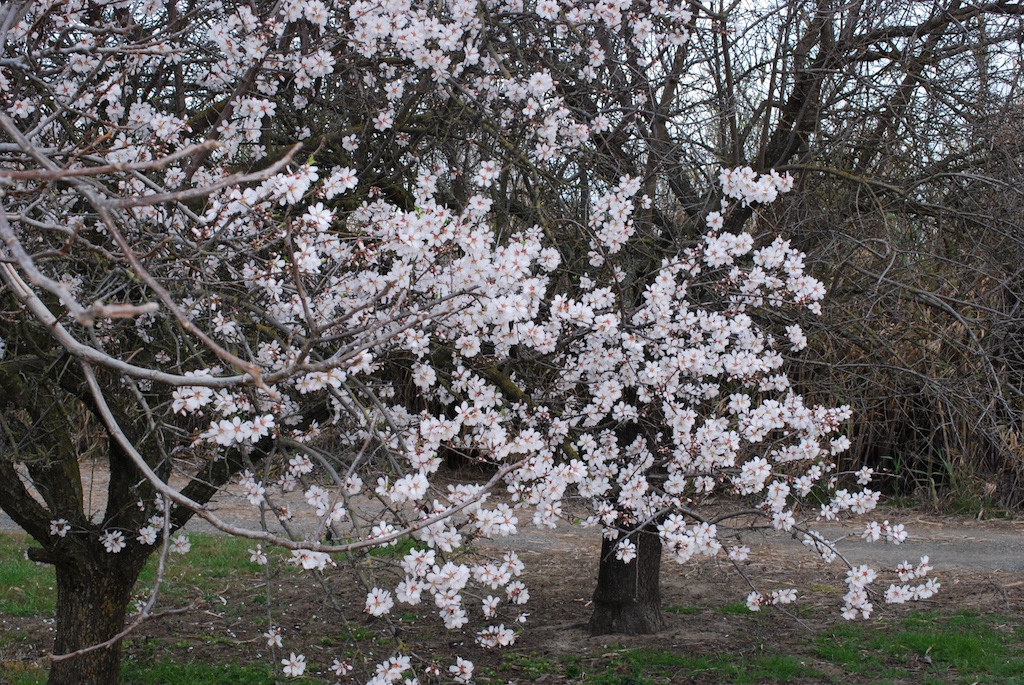 February. Almonds are blooming.
February. Almonds are blooming.
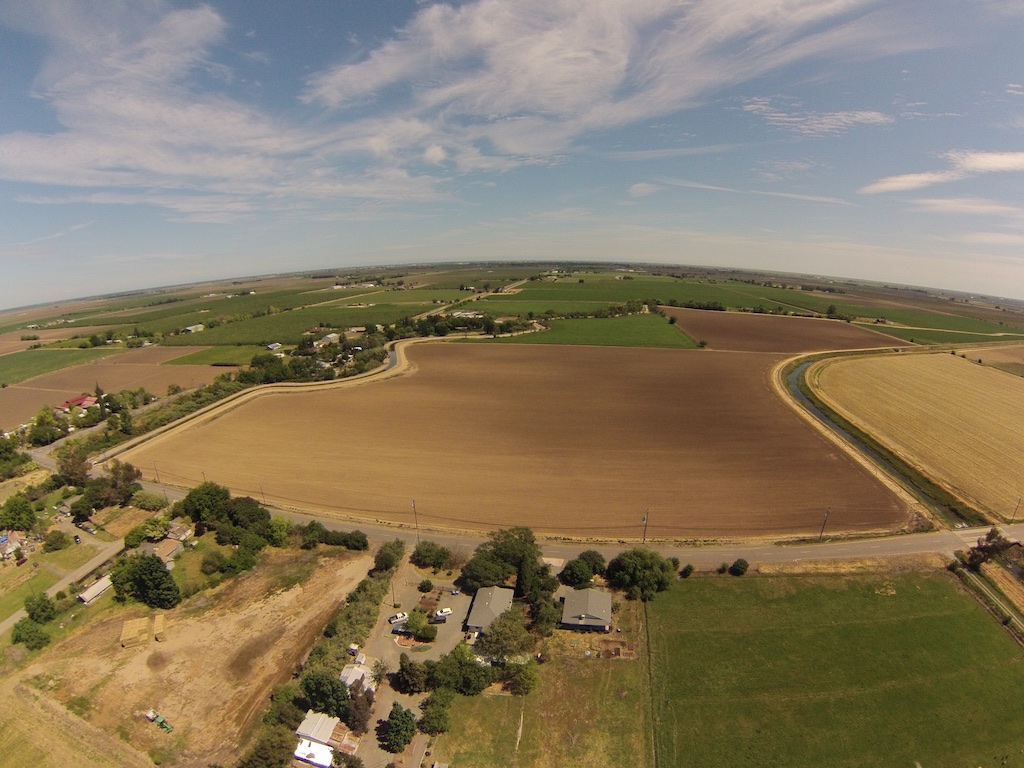
In this photo our pasture has started to green up because I irrigated in mid-March. Normally the irrigation district doesn't provide water until April or May but due to the drought we have been getting water earlier. In 2014 we irrigated in January. The green in the background of the aerial photo is hay or wheat or barley fields. 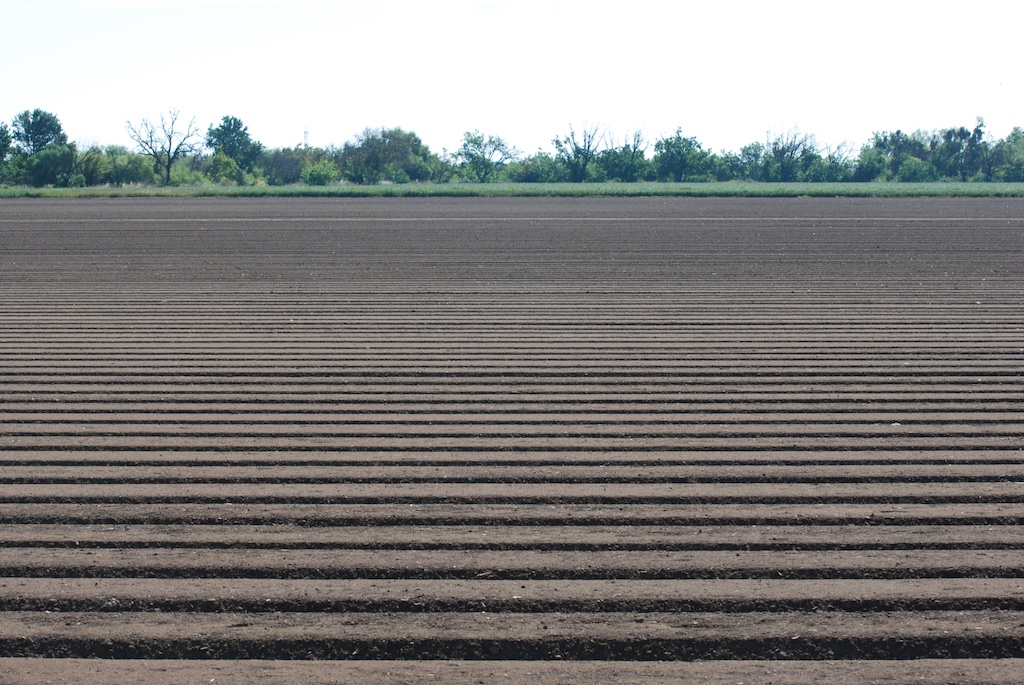 April 26, 2015. The field has been bedded, ready for tomatoes.
April 26, 2015. The field has been bedded, ready for tomatoes.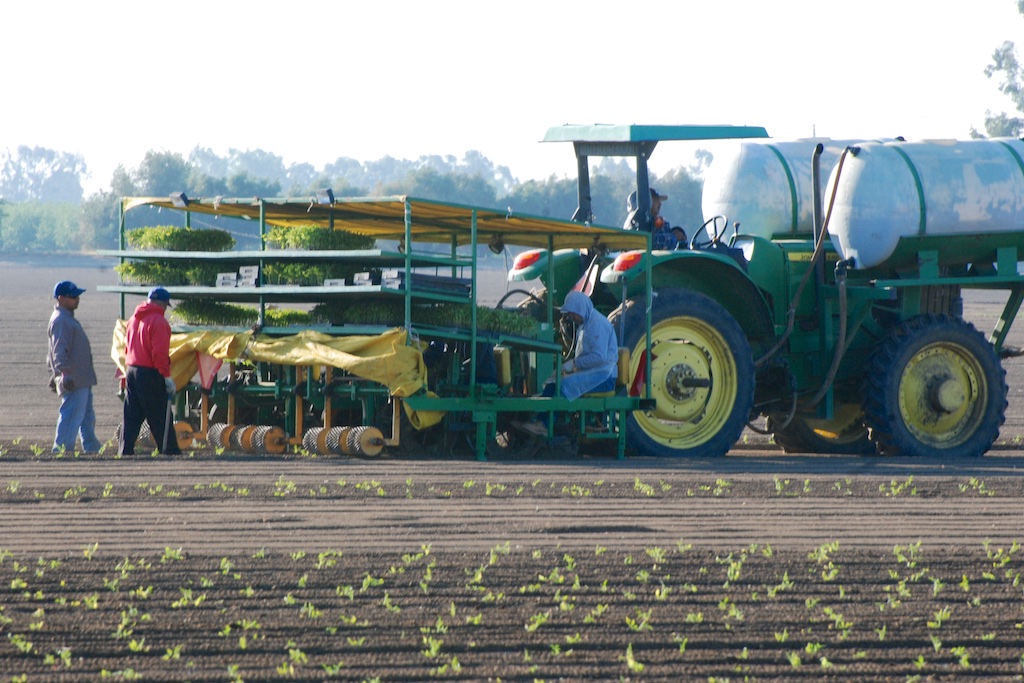 May 3, 2015
May 3, 2015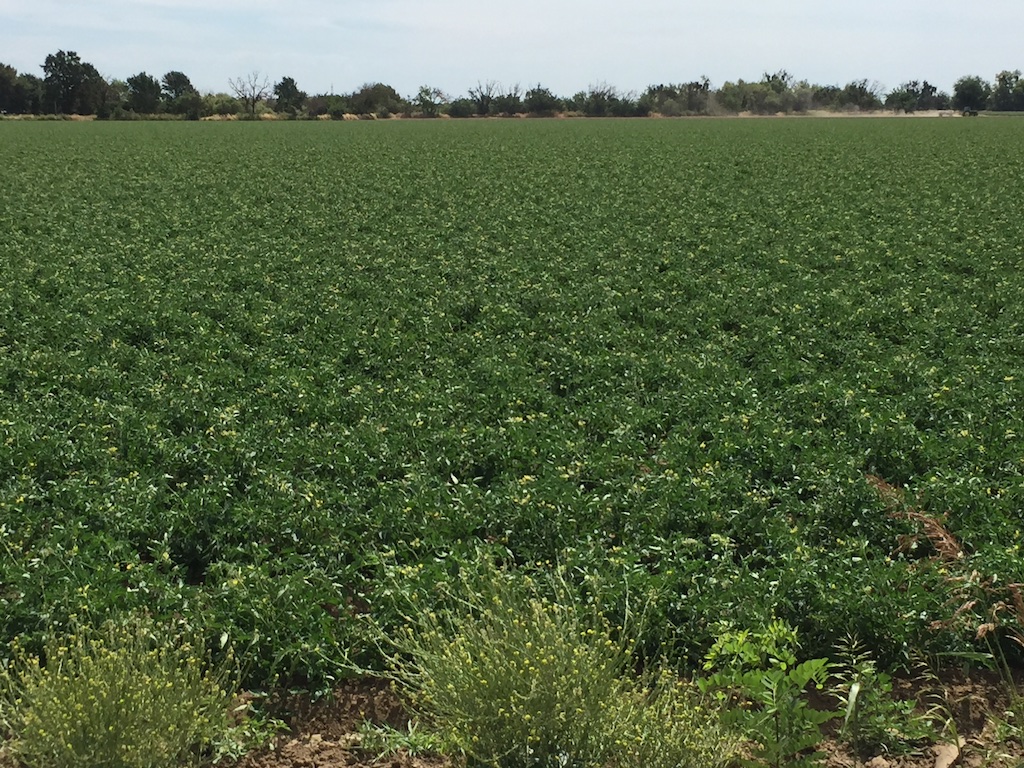 June 9, 2015
June 9, 2015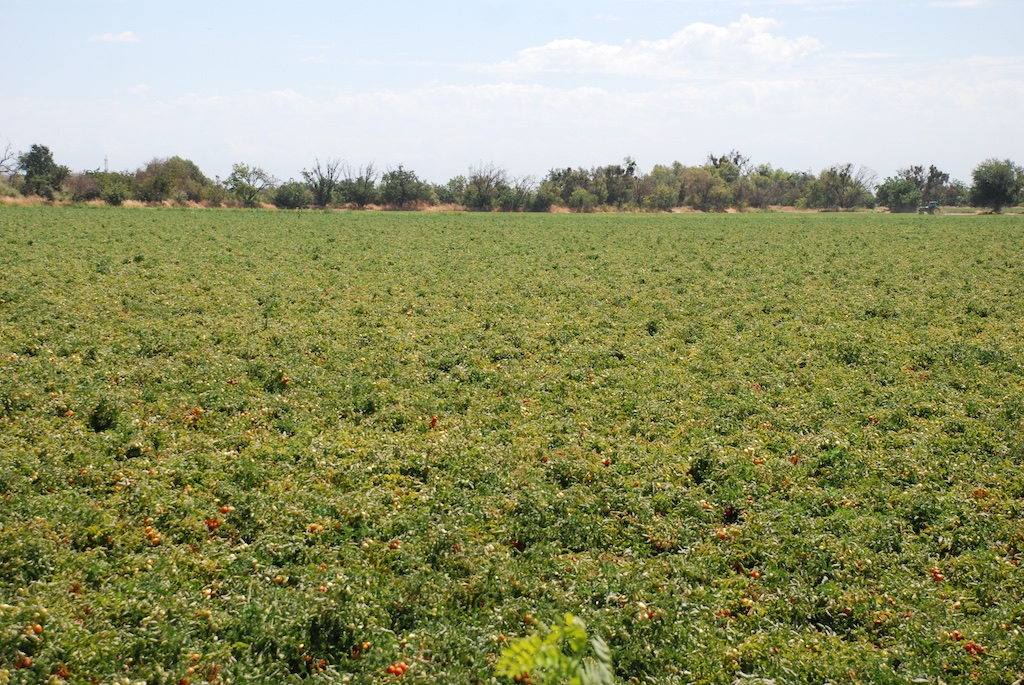 July 22, 2015
July 22, 2015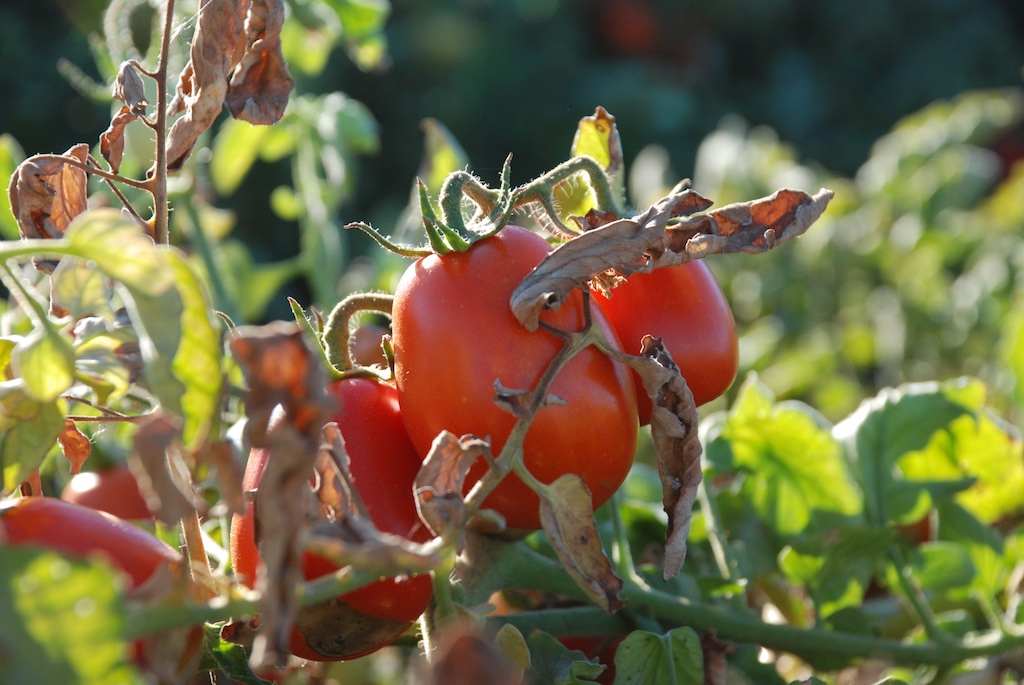 August 9, 2015
August 9, 2015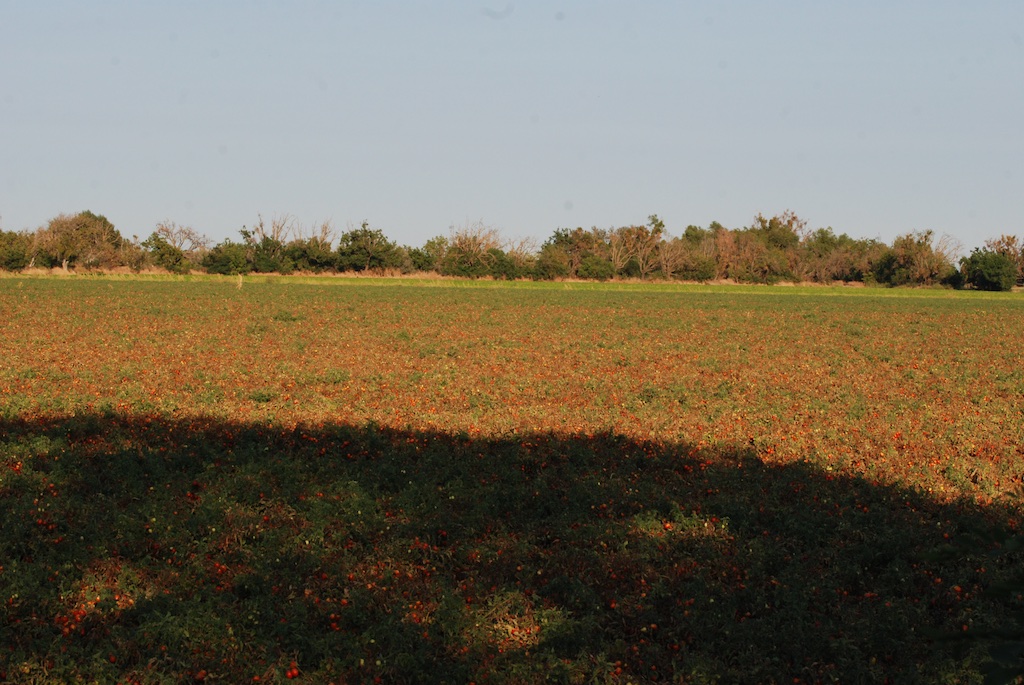 August 30, 2015
August 30, 2015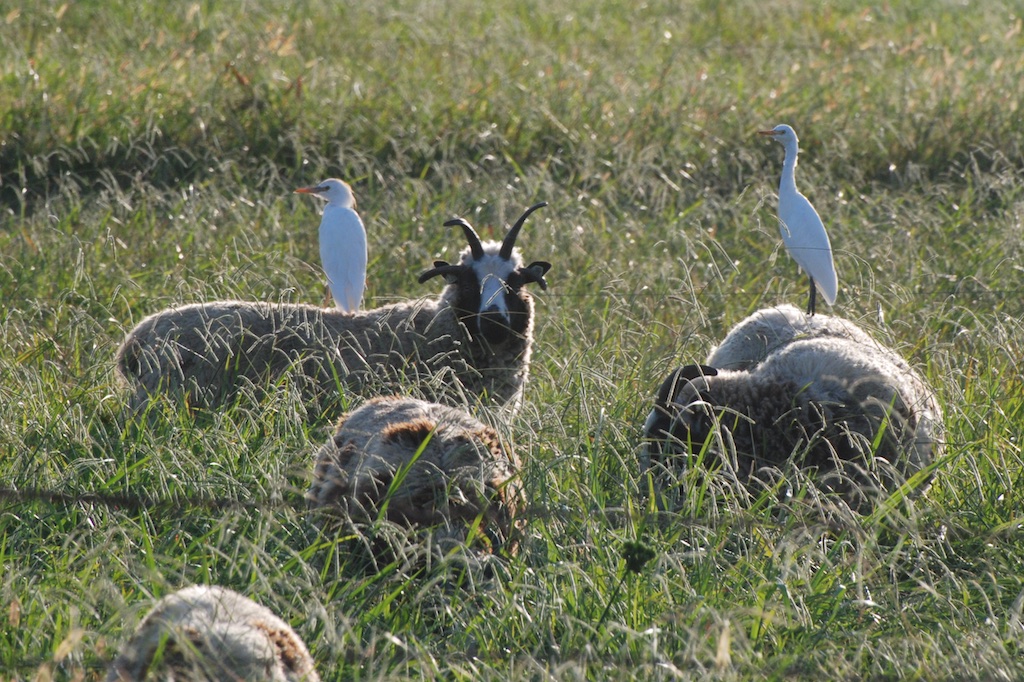 This is a photo taken across the road, from Across the Road. (That is my pasture looking west.)
This is a photo taken across the road, from Across the Road. (That is my pasture looking west.)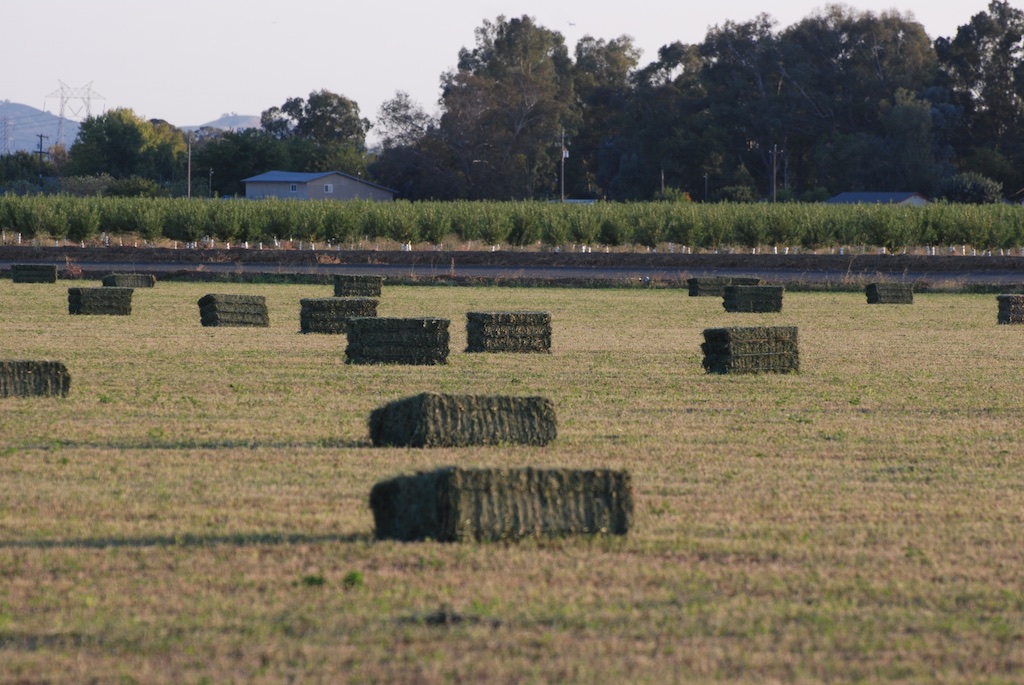 The alfalfa field that is the green triangle in the upper right in the aerial photo.
The alfalfa field that is the green triangle in the upper right in the aerial photo.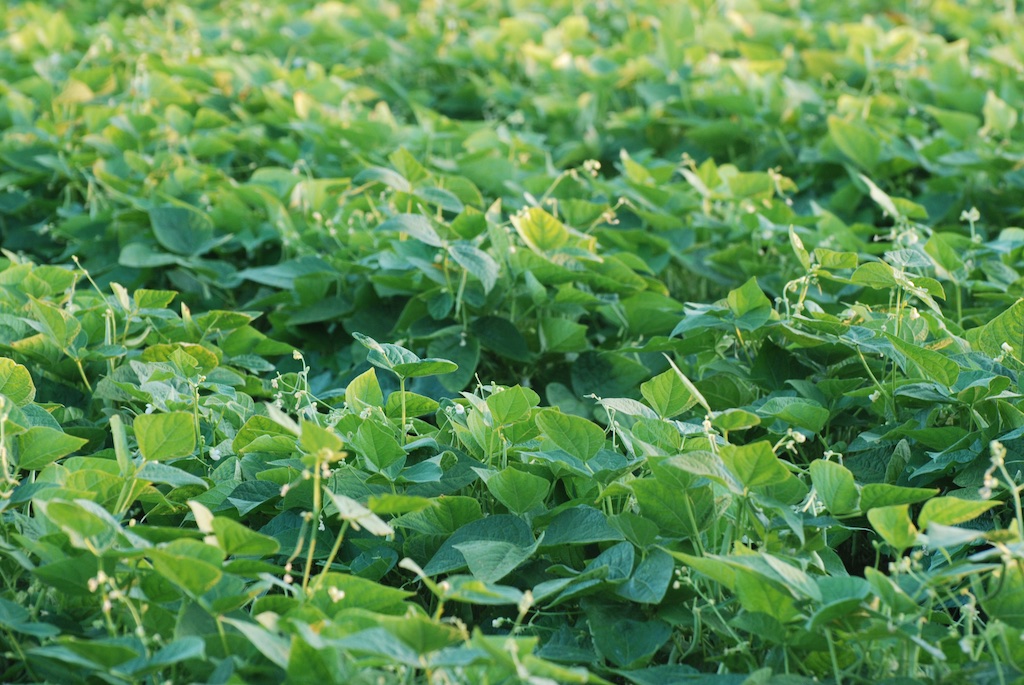 Beans that were planted after the wheat harvest in the are shown in the triangle that is the upper center of the aerial photo.
Beans that were planted after the wheat harvest in the are shown in the triangle that is the upper center of the aerial photo.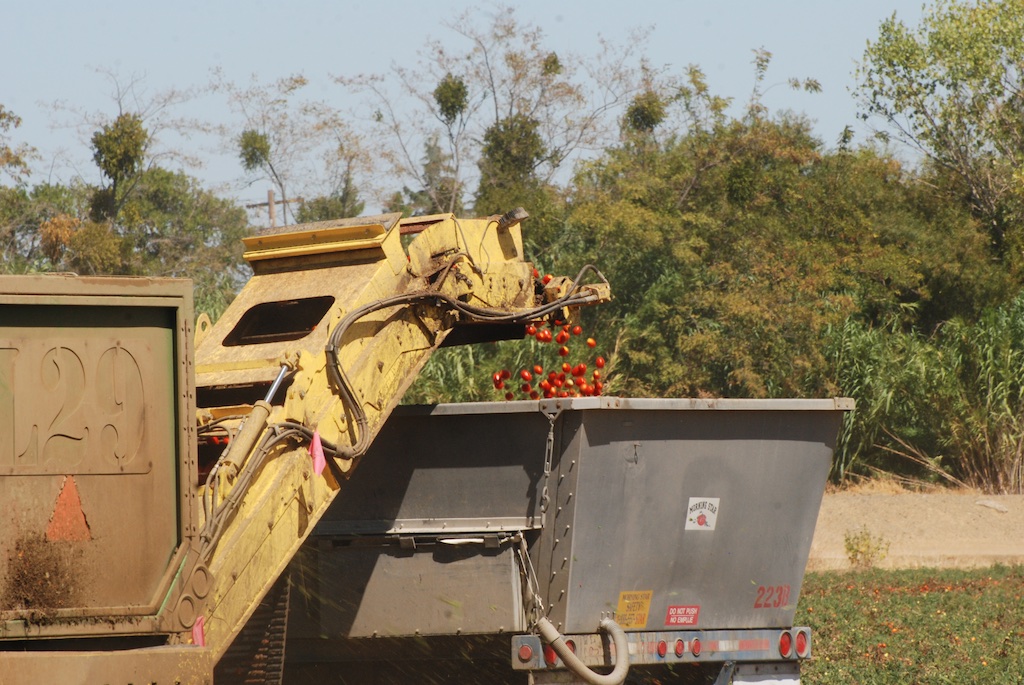 September 5, 2015.
September 5, 2015.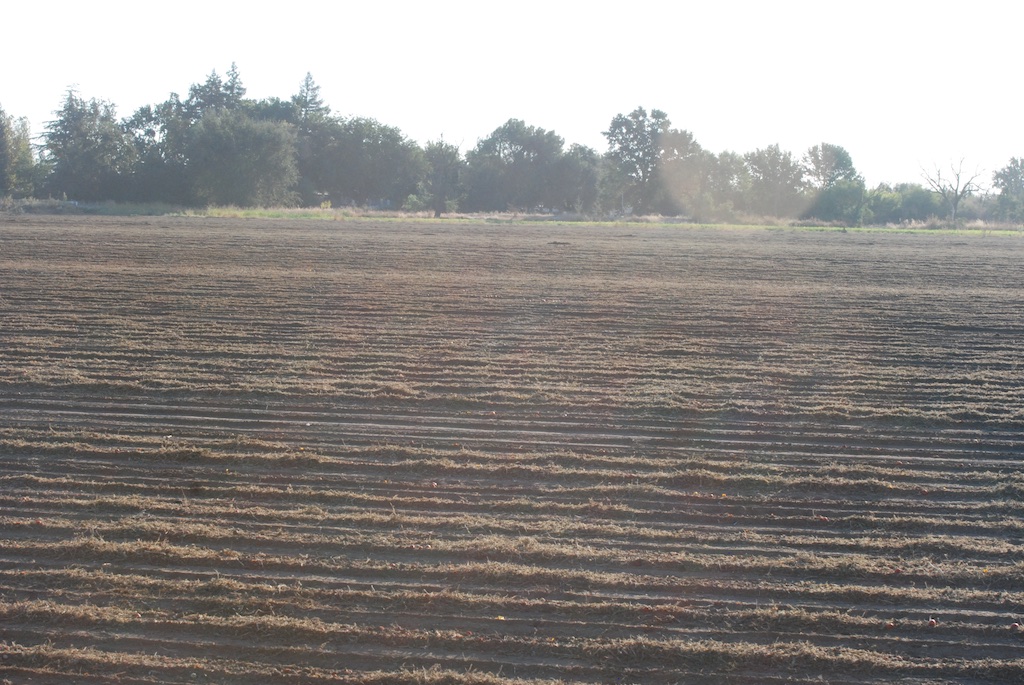 September 9, 2015. It took 4 days, working 24 hours/day to finish harvesting this field.
September 9, 2015. It took 4 days, working 24 hours/day to finish harvesting this field.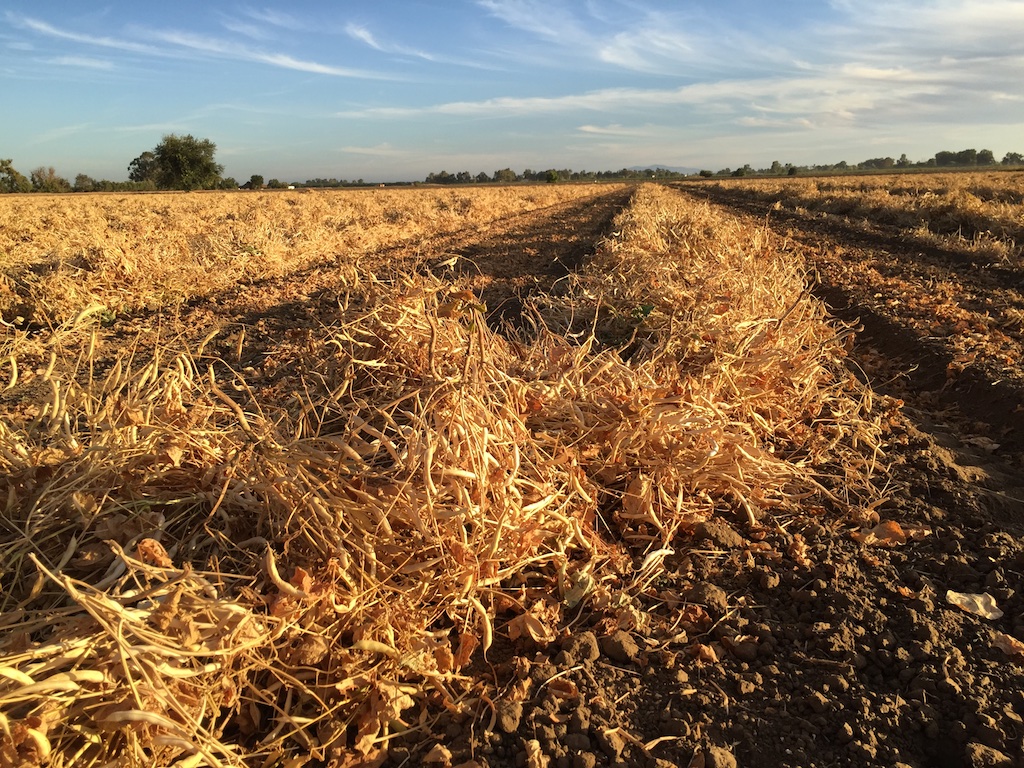 September 23, 2015. Back to the beans. The dry plants have been put into windrows waiting for harvest.
September 23, 2015. Back to the beans. The dry plants have been put into windrows waiting for harvest.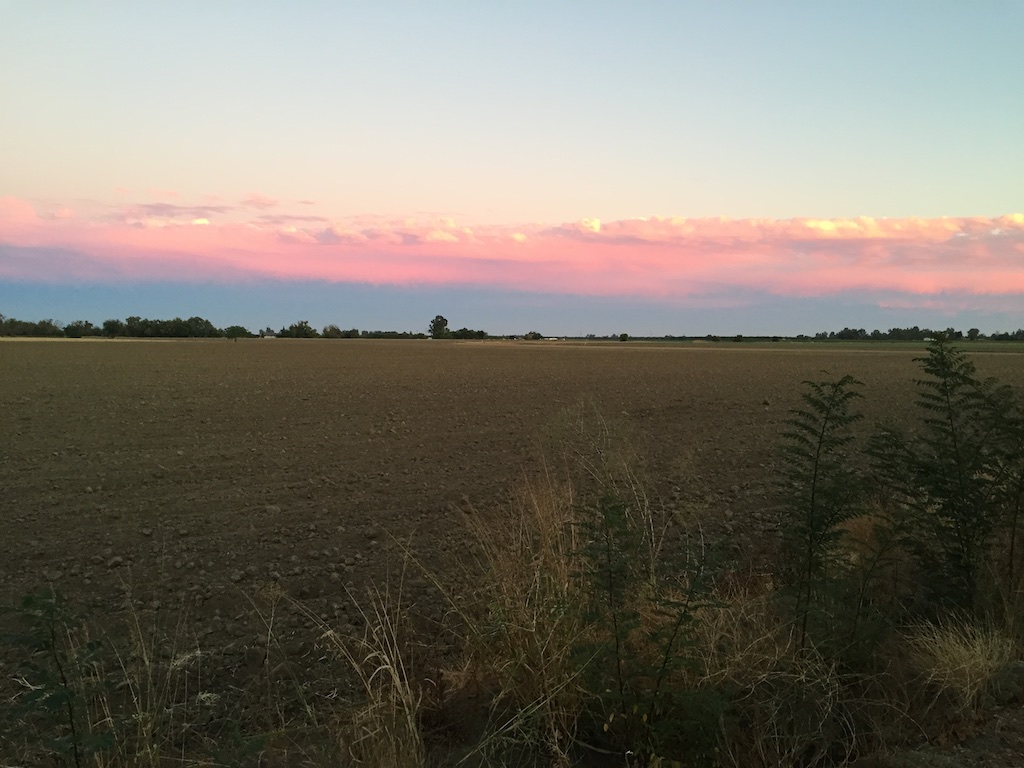 September 27, 2015.
September 27, 2015.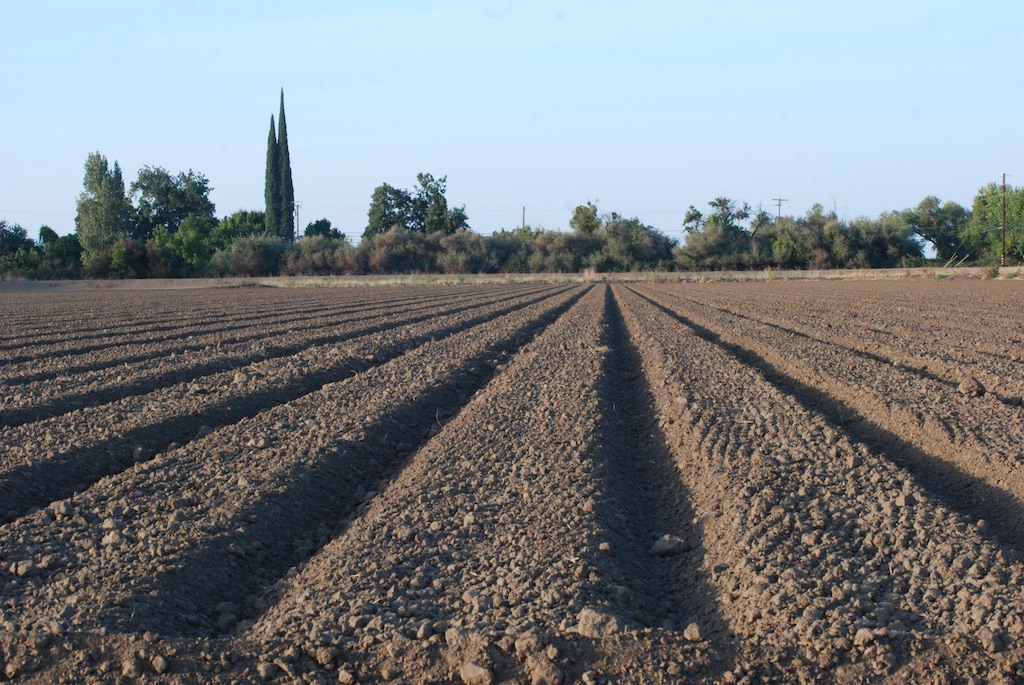 October 6, 2015. Field disked and bedded waiting for the next planting. I'm told that it will be planted to sunflowers this spring.
October 6, 2015. Field disked and bedded waiting for the next planting. I'm told that it will be planted to sunflowers this spring.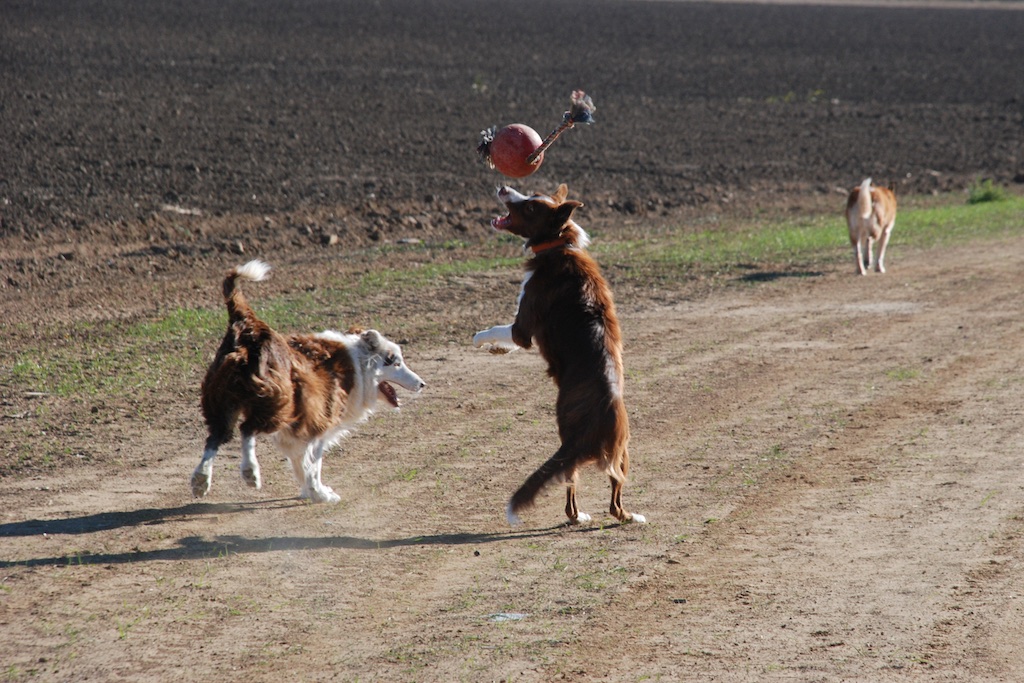 November 29, 2015. If we have regular rain I can't walk across here because it gets too muddy. There have been very few days that we haven't been able to walk.
November 29, 2015. If we have regular rain I can't walk across here because it gets too muddy. There have been very few days that we haven't been able to walk. 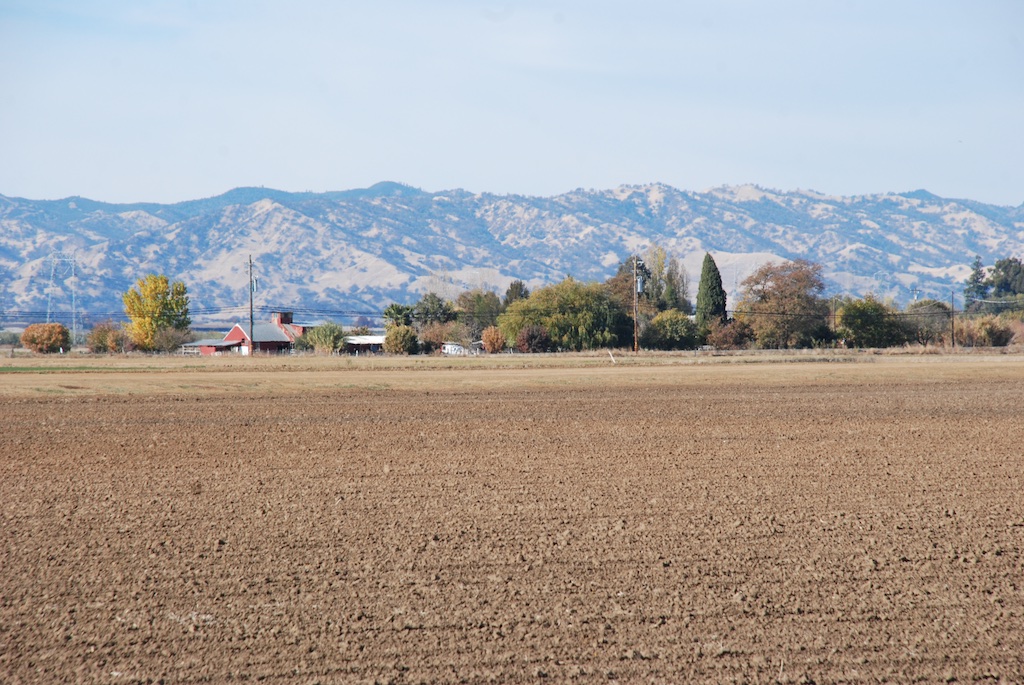 December 1, 2015. View of our place, looking west across the field. We need to see more green on those hills.
December 1, 2015. View of our place, looking west across the field. We need to see more green on those hills.



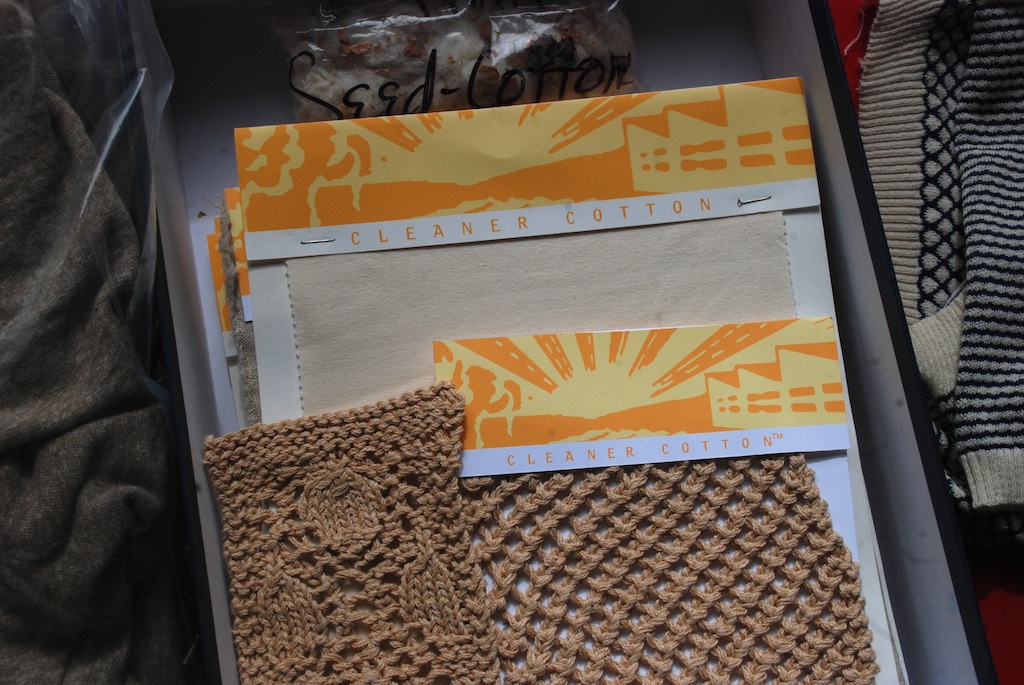
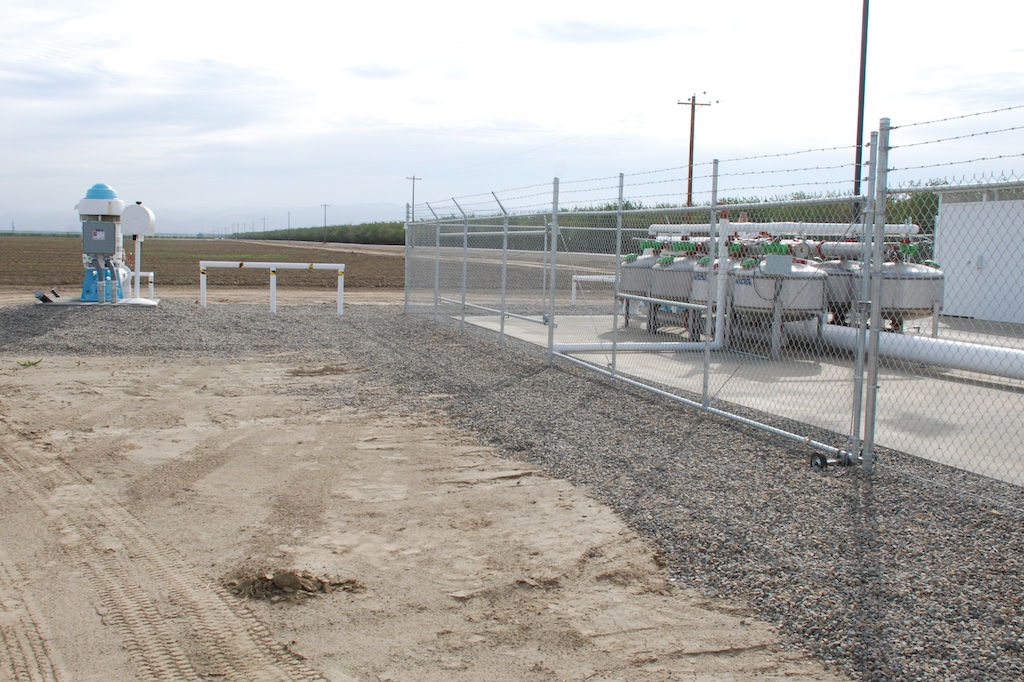 We got back on the bus and stopped not far from the winery to listen to Dan Munk, a UC Cooperative Extension Farm Advisor discuss cotton production and water use of cotton and other crops. Cotton requires 28" of water in a growing season. Nut and fruit trees require 48-52" of water. The western side of the San Joaquin Valley is in a rain shadow created by the mountains and receives only about 12" of rain annually. Surface water use has been curtailed or drastically reduced over the last few years of California's drought so people are relying more on ground water.
We got back on the bus and stopped not far from the winery to listen to Dan Munk, a UC Cooperative Extension Farm Advisor discuss cotton production and water use of cotton and other crops. Cotton requires 28" of water in a growing season. Nut and fruit trees require 48-52" of water. The western side of the San Joaquin Valley is in a rain shadow created by the mountains and receives only about 12" of rain annually. Surface water use has been curtailed or drastically reduced over the last few years of California's drought so people are relying more on ground water.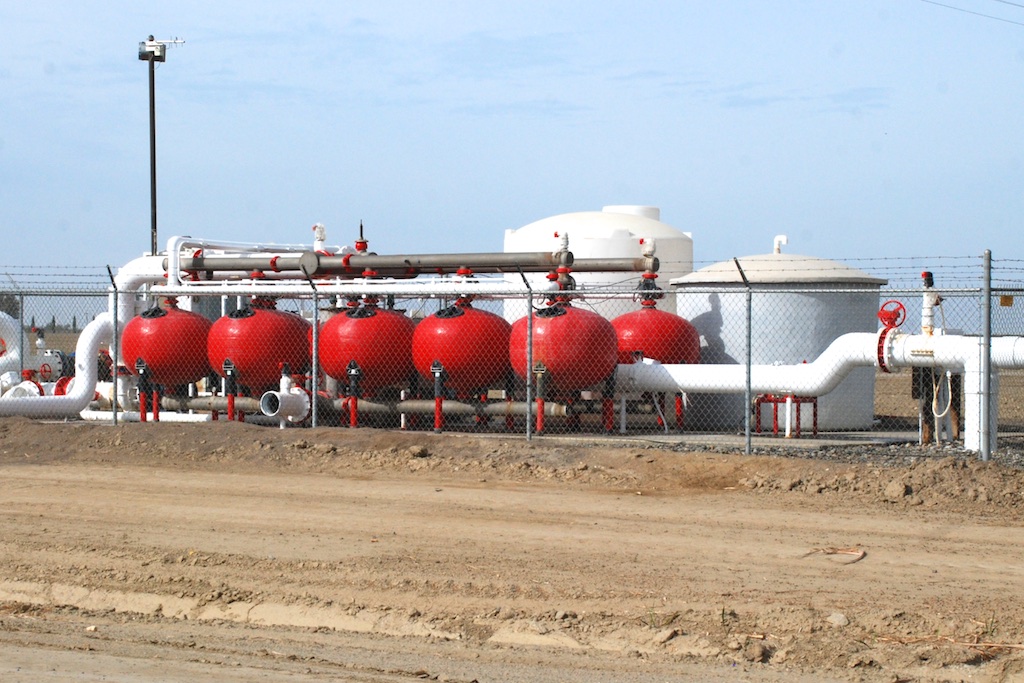
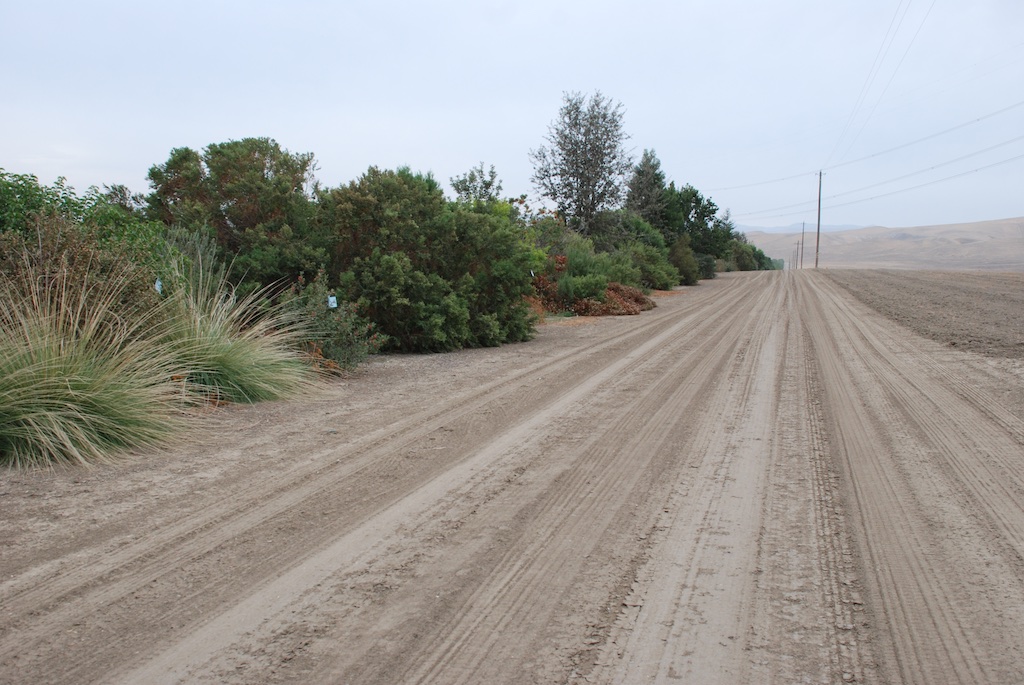
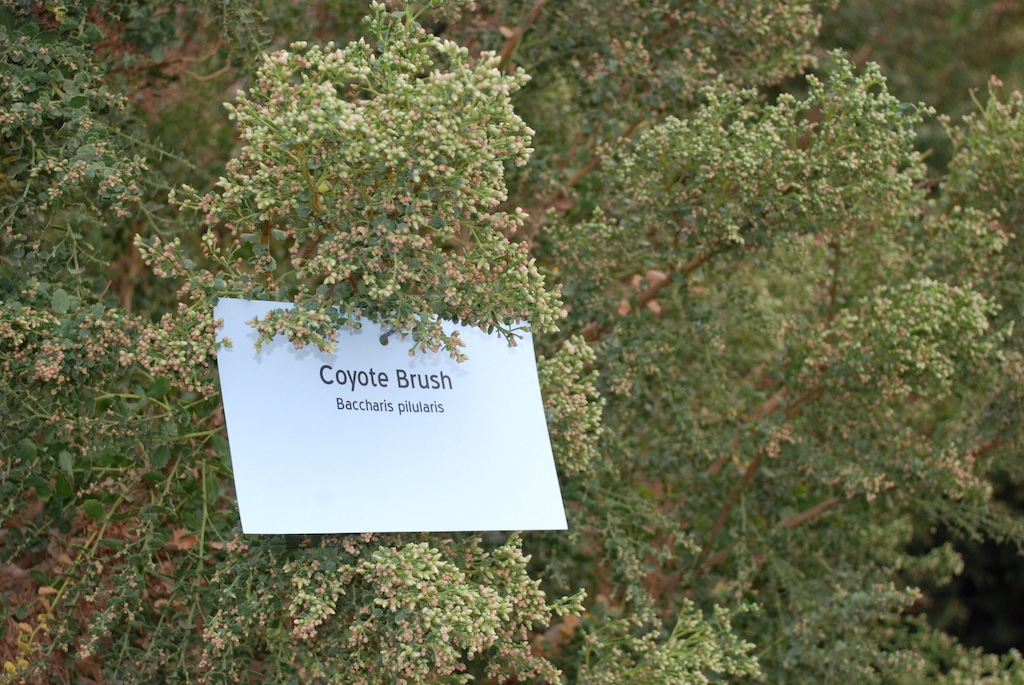
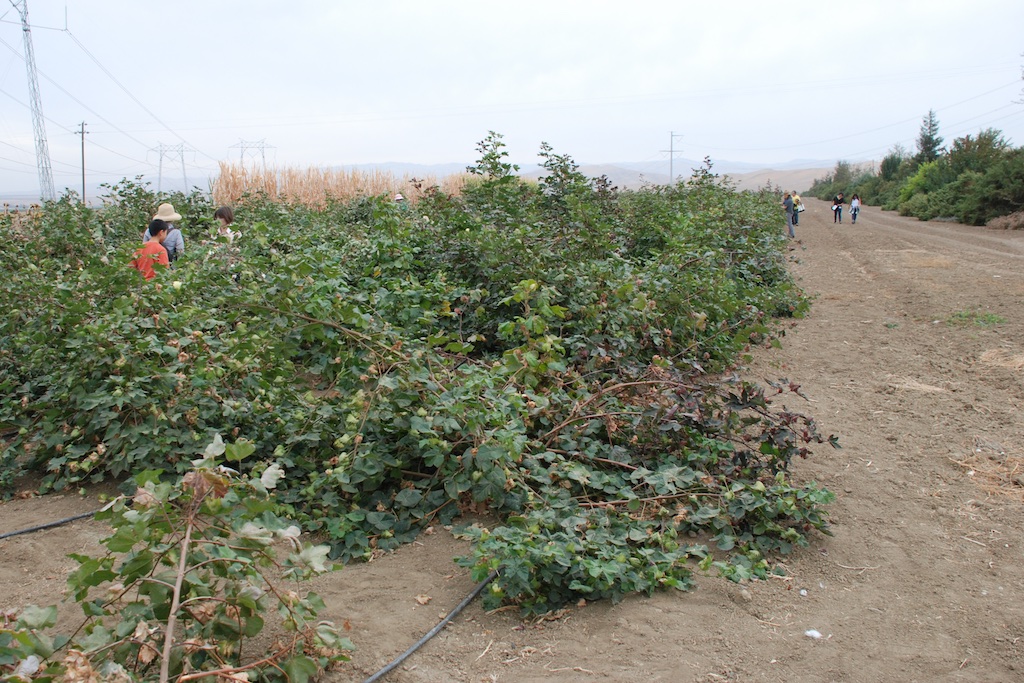



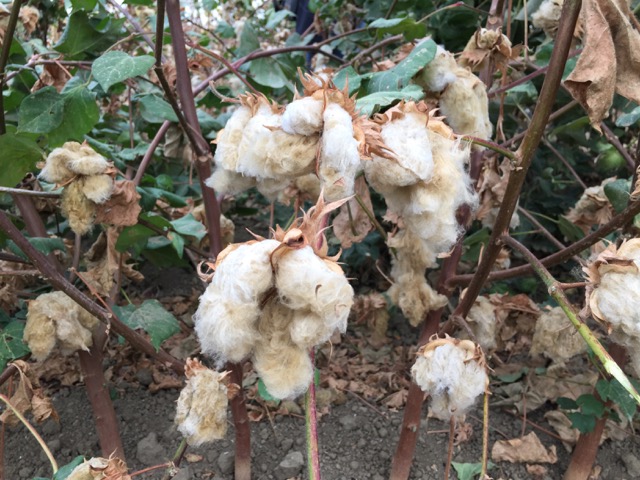
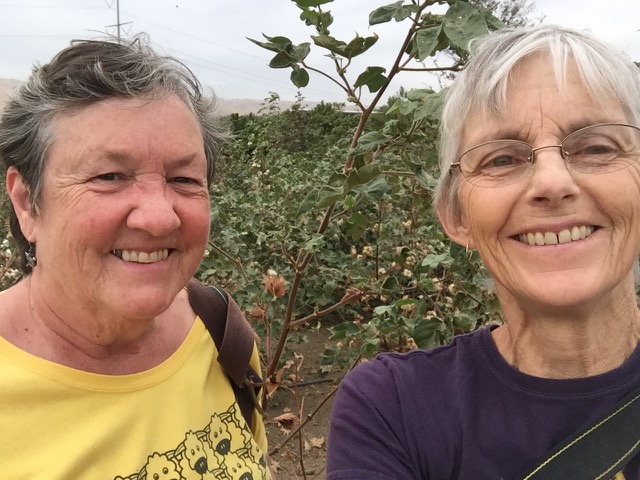


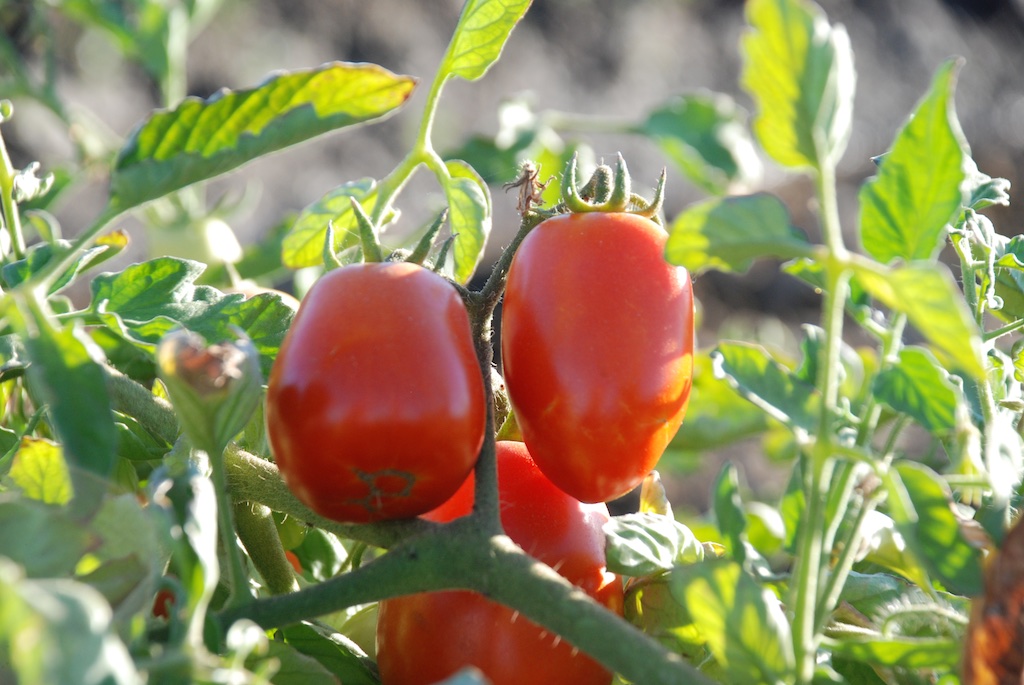
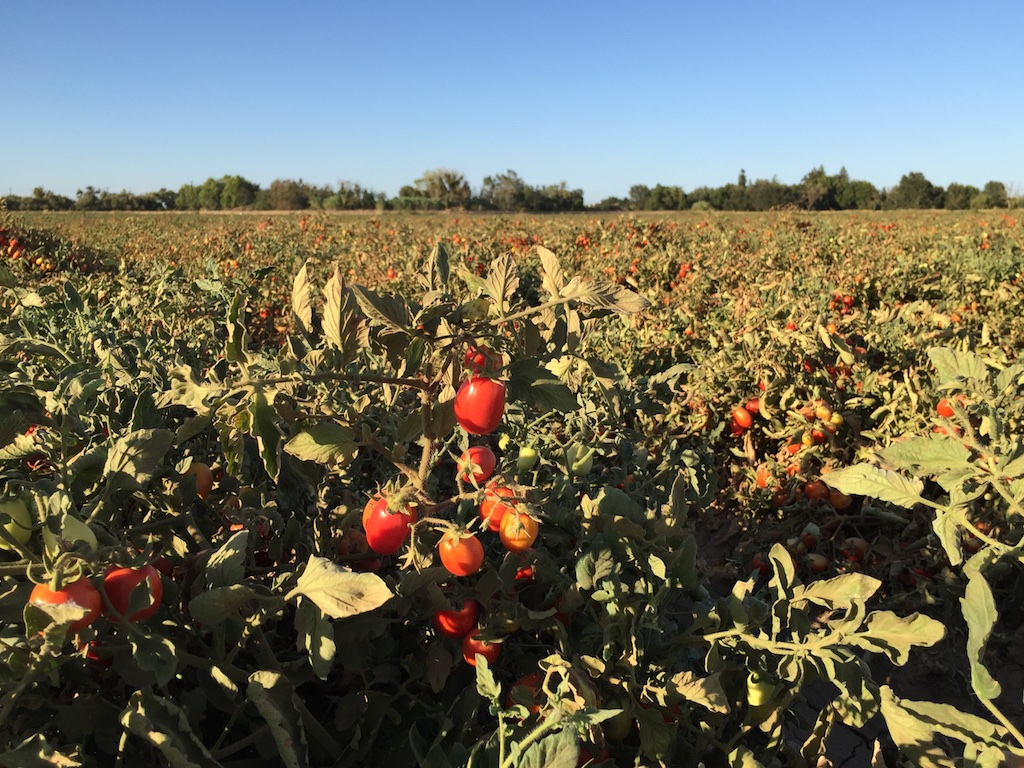
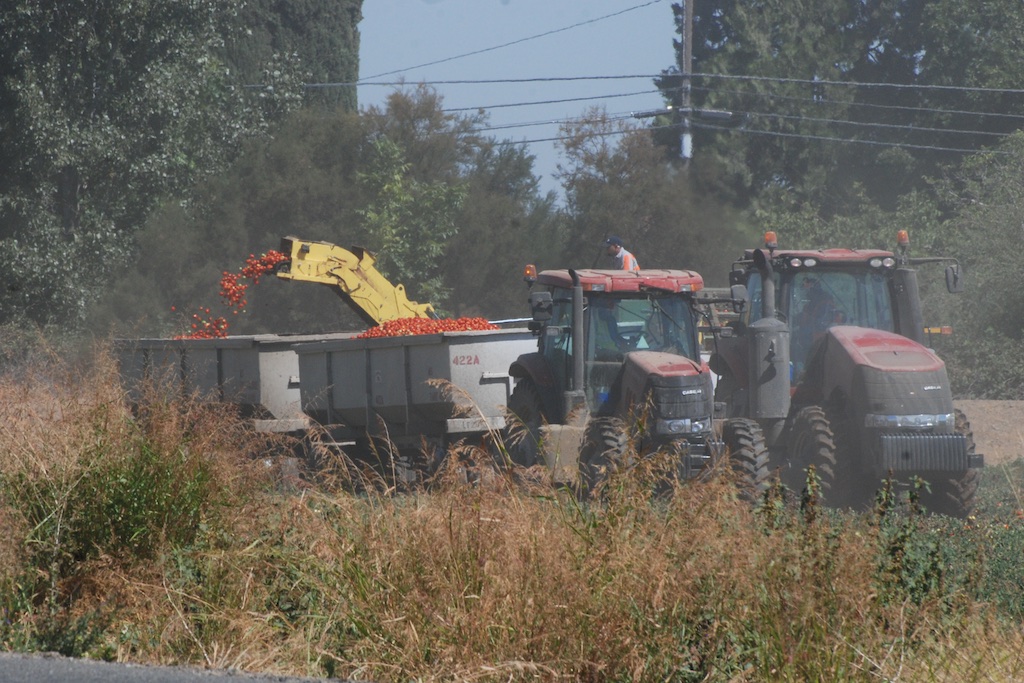 Two tractors run side-by-side. One pulls the bins that hold the tomatoes.
Two tractors run side-by-side. One pulls the bins that hold the tomatoes.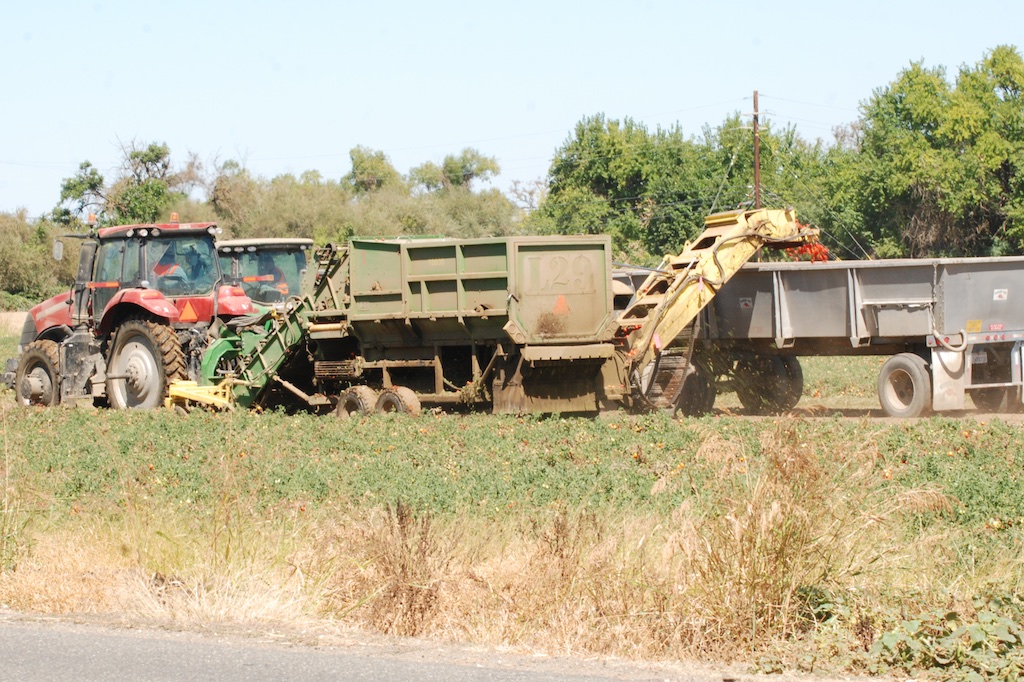 The other pulls the harvester.
The other pulls the harvester.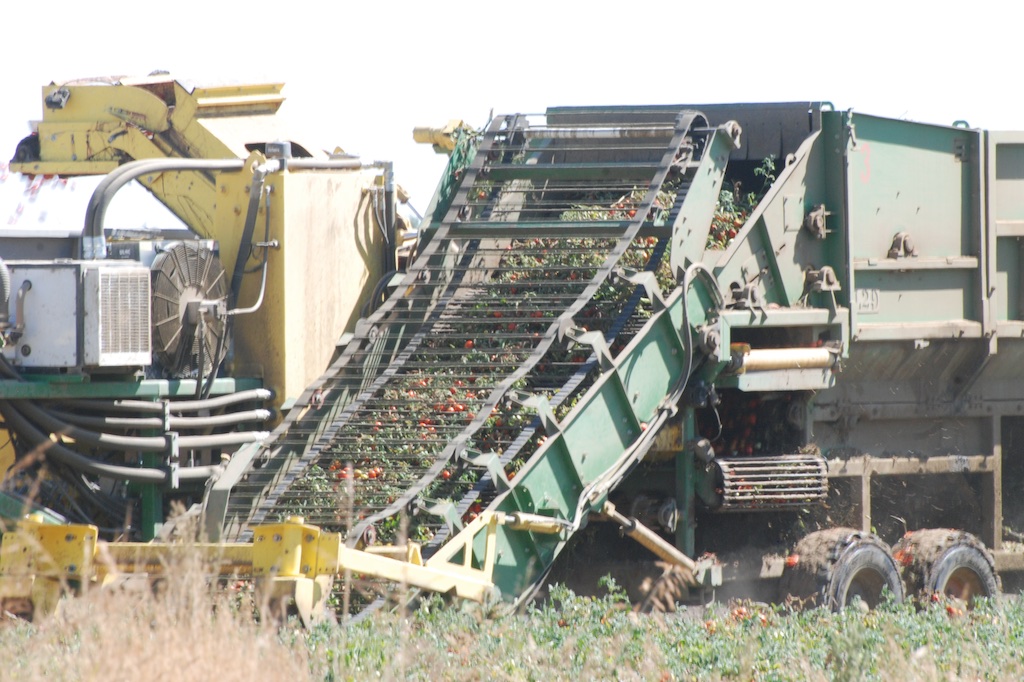 The tomato plants are cut off and pulled up a conveyer where the tomatoes are sorted from the plant and sent through that yellow chute into the bins. Unwanted plant material, including smaller tomatoes come out over the roller towards the base of the harvester.
The tomato plants are cut off and pulled up a conveyer where the tomatoes are sorted from the plant and sent through that yellow chute into the bins. Unwanted plant material, including smaller tomatoes come out over the roller towards the base of the harvester.





